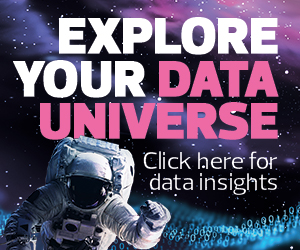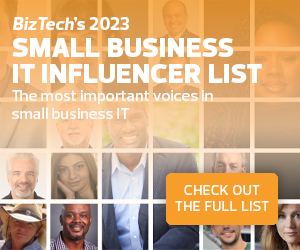Nonprofits are always looking for new ways to reach new donors, especially major donors, who support their work. “Irrespective of the 80/20 rule, the opportunity is for organizations to really have a data strategy across all of their supporters,” says Lori Freeman, vice president of nonprofit industry solutions and strategy at Salesforce.org, which provides a collaborative approach for nonprofits using the Salesforce platform.
Digitally mature nonprofits fared better during the COVID-19 pandemic than others and are better positioned for long-term success, according to a report by Salesforce and the Urban Institute. And though the World Health Organization recently declared an end to the COVID-19 global health emergency, nonprofits are increasingly relying on technology to search for donors and identify patterns among potential backers, Freeman says.
“Nonprofits, not entirely unlike commercial enterprises, are very focused on building relationships and working to get engagement, whether that’s in the form of time or financial resources, from all of their different stakeholders,” she says.
Click the banner below to learn how a modern data platform supports smart decision-making.
Using Big Data and CRM to Find the Perfect Donors
One of the ways nonprofits identify new donor prospects is through customer relationship management systems. The nonprofit Daniel Calazans Foundation, for example, launched after the death of founder Patricia Calazans’ son, Daniel, to raise awareness about the link between substance abuse and mental health.
To hone their research process and cultivate new donor prospects, the foundation used a CRM tool with limited capabilities that was geared toward traditional fundraising, Calazans says. But it found more success after it began using Salesforce’s Tableau.
“We use data and analytics to funnel our stakeholders, grassroots organizations and potential donors that could add value to our initiatives,” Calazans says.
Smart data can be a mixed blessing, she says: “Big Data can be poison or medicine for nonprofits. The difference is to identify the need and the proper dosage.”
READ MORE: Here are 30 small business IT influencers worth following in 2023.
Data analytics can help nonprofits improve their fundraising and create individualized outreach strategies. Analytics helps nonprofits identify which donors are most likely to contribute funds to their causes. In addition to Tableau, data analytics tools include Alteryx, IBM Cognos and Microsoft Power BI.
Some nonprofits still have donors on file from the 1980s and 1990s and are turning to a data strategy to make the best use of these contacts, according to Freeman.
“They may be focusing on the donors that are less likely to actually engage and holding on to hope, where if they were looking at insights from their CRM and analytics tools like Tableau, they would actually be able to identify the highest-potential supporters that they can actually get back into a higher level of engagement,” Freeman says. “But it really starts with a data strategy.”
Freeman says that some nonprofits are protective of their relationships with potential donors and keep information on those prospects outside databases. Tools such as Tableau allow nonprofits to view information from their CRM systems, such as Salesforce or Microsoft Dynamics 365, and perform segmentation based on criteria such as geographic area or income level. They can “slice and dice” in tools like Tableau and personalize their strategies on segmentation, Freeman says.
Leveraging Data Insights for Better Donor Research
Allison Fine, president of Every.org, a fundraising platform that matches nonprofits and donors, and co-author of The Smart Nonprofit: Staying Human-Centered in an Automated World, says to look out for bias built into some data analytics platforms, particularly around race and gender.
Donor prospect research involves creating personas of donors that are the right age and level of wealth. When performing segmentation, nonprofits should adjust the filters to look for people with wealth levels that make sense for your organization, Fine suggests.
“You want to have several of those and figure out what messages resonate with these different personas,” Fine says.
EXPLORE: Where are nonprofits on their digital transformation journeys?
Most potential donors either ignore outreach or are turned off by it, Fine says. A key strategy that nonprofits should adopt is focusing on the interests and passions of potential donors rather than simply advertising what interests the nonprofit, Fine says.
Creating the right approach requires getting out of a “magic fairy dust mindset,” Fine says. “Just because you can reach much larger pools of people doesn't mean that you have the right strategy for connecting with them in real and emotional ways, which is what donating is all about. It is not an analytical problem to be solved; it is a human connection to be made.”
The Power of Data and Automation
Without data analytics platforms, nonprofits would be performing a lot of manual work. Artificial intelligence will provide the necessary tools to automate prospect research and predict which donors might be the best fit, says Freeman.
Fine says that the future for nonprofits will include a growing number of data scientists and a widespread embrace of data analytics tools. The two are critical to avoid operating on autopilot. “We need to understand how to use data well to get insights,” Fine says. “Every organization is going to be drowning in data unless you use it well.”
UP NEXT: Learn how to streamline your nonprofit operations with cloud-powered data solutions.














